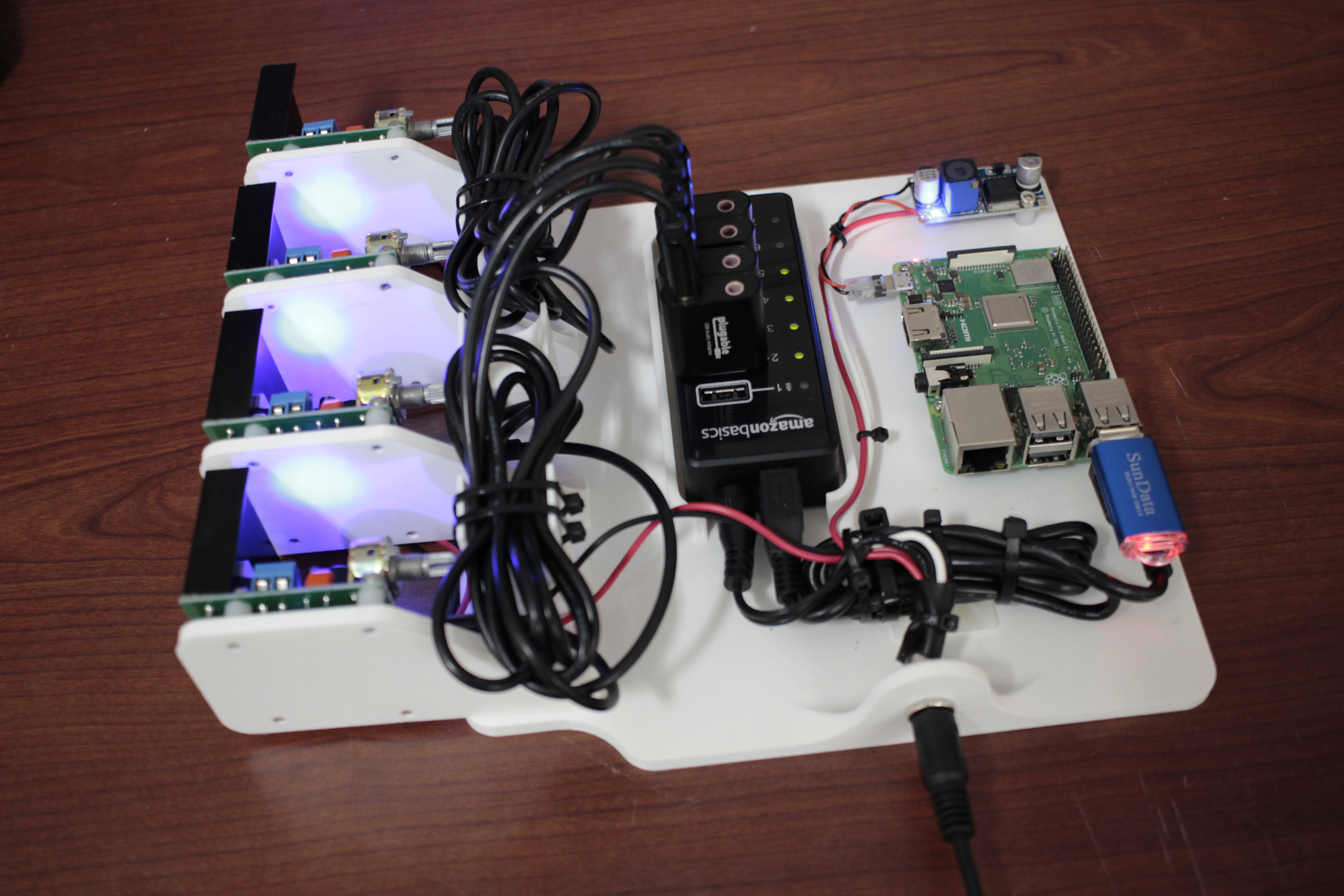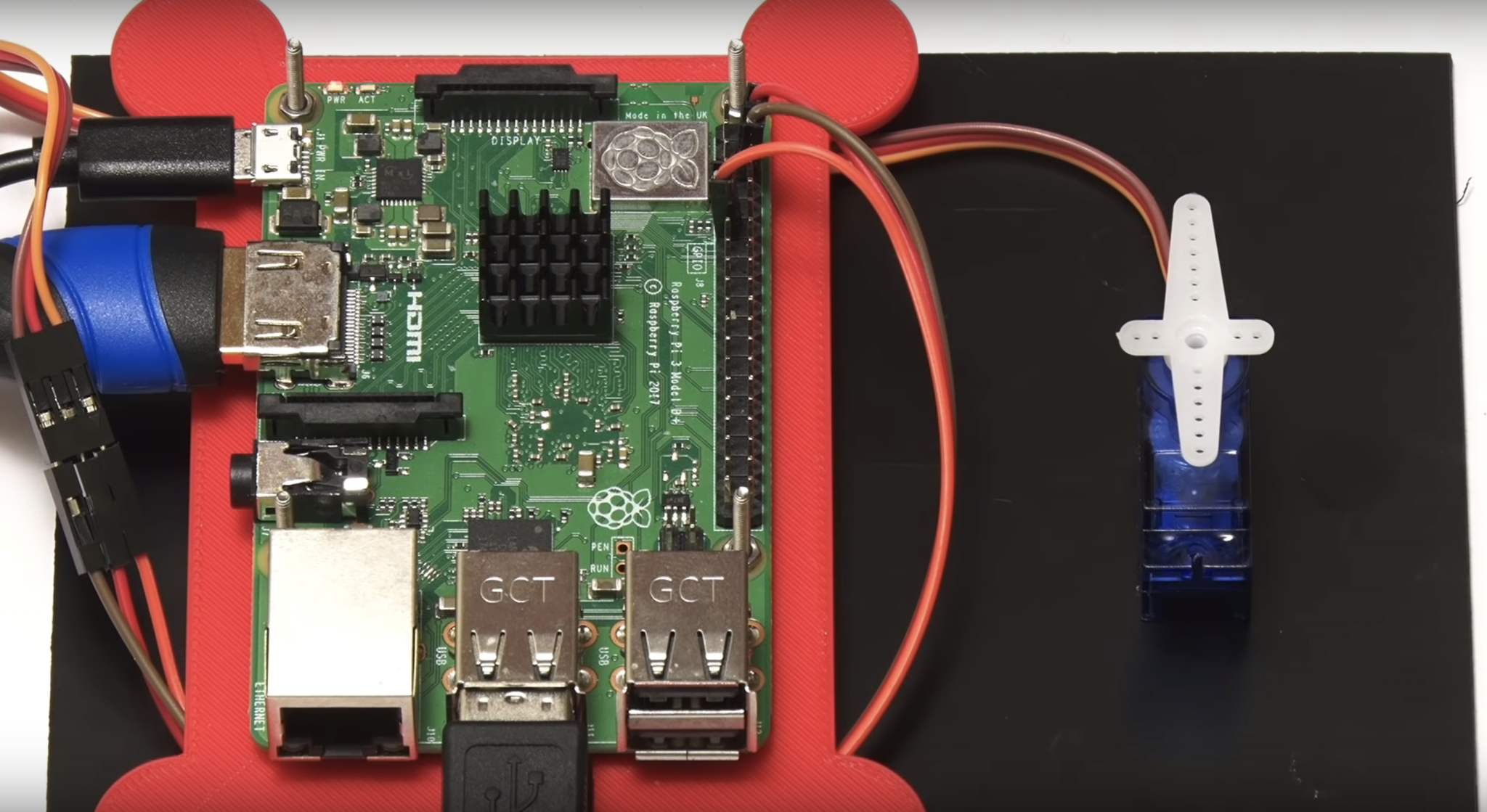Mastering The Art Of Managing Multiple Raspberry Pi Devices
Listen up, tech enthusiasts! If you're diving headfirst into the world of Raspberry Pi projects, chances are you're dealing with more than just one device. Whether you're running a home automation system, setting up a cluster for data processing, or building an IoT network, managing multiple Raspberry Pi devices can get messy fast. But don’t panic! Managing multiple Raspberry Pi setups doesn’t have to be a headache. With the right strategies, tools, and mindset, you can streamline your workflow and keep everything running smoothly. Let’s dive in and unravel the secrets to mastering this challenge!
Now, let’s be real for a sec. Raspberry Pi is one of the most versatile tools out there, and its affordability makes it a dream for hobbyists, students, and professionals alike. But as your projects grow, so does the complexity. Suddenly, you’ve got a bunch of Pis scattered around your house, each with its own configuration, IP address, and purpose. If you’re not careful, it’s like trying to herd cats—chaotic and overwhelming. But fear not, because we’ve got your back.
In this guide, we’ll walk you through everything you need to know about managing multiple Raspberry Pi devices effectively. From setting up a centralized dashboard to automating routine tasks, we’ll cover it all. So, grab your favorite beverage, sit back, and let’s make your Raspberry Pi empire a well-oiled machine!
- Shoulderlength Hair With Bangs Over 60 A Stylish Guide To Embrace Your Beauty
- Best Hairstyles For Over 50s Embrace Your Style With Confidence
Understanding the Basics of Raspberry Pi Management
Before we dive into the nitty-gritty of managing multiple Raspberry Pi setups, let’s take a moment to understand the basics. A Raspberry Pi is a tiny yet powerful computer that can be used for a wide range of applications. Whether you’re setting up a weather station, running a media server, or experimenting with robotics, the possibilities are endless. But when you start working with multiple devices, things can get tricky.
One of the biggest challenges is keeping track of all your Pis. Each device has its own unique IP address, hostname, and configuration. Without a proper system in place, it’s easy to lose track of which device is doing what. That’s why it’s crucial to establish a solid foundation for managing your Raspberry Pi fleet. This includes setting up a centralized dashboard, automating routine tasks, and implementing best practices for maintenance.
Why Managing Multiple Raspberry Pi Devices Matters
Here’s the deal: if you’re only working with one Raspberry Pi, managing it is a breeze. But as soon as you add a second, third, or even tenth device, things get complicated. Think about it—every time you need to update software, check logs, or troubleshoot an issue, you’ll have to repeat the process for each device individually. That’s a lot of manual labor, and let’s be honest, who has time for that?
- Short Hairstyles For Over 60 With Thick Hair A Stylish Guide To Embrace Your Natural Beauty
- Hairstyles For Round Faces Over 50 Finding Your Perfect Look
By implementing a proper management system, you can save time, reduce errors, and ensure that all your devices are running optimally. Plus, it makes scaling your projects much easier. If you ever decide to expand your setup, you’ll already have the infrastructure in place to handle additional devices without breaking a sweat.
Setting Up a Centralized Dashboard
One of the most effective ways to manage multiple Raspberry Pi devices is by setting up a centralized dashboard. This allows you to monitor all your devices from a single interface, making it easier to keep track of their status and performance. There are several tools and platforms you can use to create a dashboard, depending on your needs and skill level.
Tools for Creating a Centralized Dashboard
Here are some popular tools you can use to set up a centralized dashboard:
- Grafana: A powerful open-source platform for visualizing metrics and monitoring systems. It integrates seamlessly with Raspberry Pi and offers a wide range of plugins and dashboards.
- Prometheus: A robust monitoring and alerting toolkit that works well with Grafana. It’s perfect for tracking the performance of your Raspberry Pi devices.
- Home Assistant: A popular home automation platform that supports Raspberry Pi and allows you to monitor and control multiple devices from a single interface.
Each of these tools has its own strengths and weaknesses, so it’s important to choose the one that best fits your needs. For example, if you’re working on a home automation project, Home Assistant might be the way to go. On the other hand, if you’re running a data processing cluster, Prometheus and Grafana could be more suitable.
Automating Routine Tasks
Let’s face it—manually managing multiple Raspberry Pi devices can be tedious and time-consuming. That’s where automation comes in. By automating routine tasks, you can free up your time and focus on more important things. Here are some tasks you can automate:
- Software Updates: Set up a cron job to automatically update your Raspberry Pi devices at regular intervals.
- Backup: Implement a backup system to automatically save your configurations and data to a remote server or cloud storage.
- Monitoring: Use tools like Prometheus and Grafana to monitor the health of your devices and send alerts if something goes wrong.
Automation not only saves time but also reduces the risk of human error. For example, if you forget to update your software, you could leave your devices vulnerable to security threats. By automating the update process, you can ensure that your devices are always up to date and secure.
Best Practices for Automation
When automating tasks, it’s important to follow best practices to ensure everything runs smoothly. Here are a few tips:
- Test Your Scripts: Before deploying automation scripts, make sure to test them thoroughly to avoid any unexpected issues.
- Document Your Processes: Keep a record of all your automation scripts and configurations so you can easily troubleshoot problems if they arise.
- Monitor Performance: Keep an eye on the performance of your automated tasks to ensure they’re not causing any bottlenecks or slowdowns.
Implementing Best Practices for Maintenance
Maintaining multiple Raspberry Pi devices can be challenging, but with the right strategies, it’s definitely doable. Here are some best practices to keep your devices running smoothly:
- Regular Updates: Make sure to update your software and firmware regularly to ensure security and stability.
- Backup Configurations: Always keep backups of your configurations and data in case something goes wrong.
- Monitor Logs: Regularly check your system logs to identify and resolve any issues before they become major problems.
By following these best practices, you can minimize downtime and ensure that your Raspberry Pi devices are always running at peak performance.
Common Challenges and How to Overcome Them
Managing multiple Raspberry Pi devices comes with its own set of challenges. Here are some common issues and how to overcome them:
- IP Address Conflicts: Use a DHCP server to assign unique IP addresses to each device and avoid conflicts.
- Software Incompatibility: Stick to a consistent software version across all your devices to avoid compatibility issues.
- Power Supply Issues: Use high-quality power adapters and consider investing in a UPS (Uninterruptible Power Supply) to protect your devices from power outages.
Scaling Your Raspberry Pi Fleet
As your projects grow, you may find yourself needing to scale your Raspberry Pi fleet. Whether you’re adding more devices to an existing setup or building a new cluster from scratch, it’s important to plan ahead. Here are some tips for scaling your Raspberry Pi setup:
- Plan Your Network: Design your network architecture carefully to ensure it can handle the increased load.
- Automate Deployment: Use tools like Ansible or Terraform to automate the deployment of new devices.
- Monitor Performance: Keep a close eye on the performance of your devices to identify any bottlenecks or areas for improvement.
By planning and preparing for growth, you can ensure that your Raspberry Pi setup can handle whatever challenges come your way.
Tools for Scaling Your Fleet
Here are some tools you can use to scale your Raspberry Pi fleet:
- Ansible: An automation tool that allows you to configure and manage multiple devices with ease.
- Terraform: An infrastructure-as-code tool that helps you automate the provisioning and management of your devices.
- Kubernetes: A powerful container orchestration platform that can be used to manage large-scale Raspberry Pi clusters.
Security Considerations for Managing Multiple Raspberry Pi Devices
Security is always a top priority when managing multiple Raspberry Pi devices. Here are some tips to keep your devices safe:
- Use Strong Passwords: Make sure to use strong, unique passwords for each device and avoid using default credentials.
- Enable SSH Keys: Use SSH keys instead of passwords for secure remote access.
- Regularly Update Software: Keep your software and firmware up to date to protect against vulnerabilities.
By implementing these security measures, you can protect your Raspberry Pi devices from unauthorized access and potential threats.
Best Practices for Securing Your Devices
Here are some additional best practices for securing your Raspberry Pi devices:
- Disable Unused Services: Turn off any services or ports that aren’t being used to reduce the attack surface.
- Use a Firewall: Configure a firewall to control incoming and outgoing traffic and block any suspicious activity.
- Monitor for Intrusions: Use tools like Fail2Ban to detect and block unauthorized access attempts.
Conclusion: Take Control of Your Raspberry Pi Empire
Managing multiple Raspberry Pi devices doesn’t have to be a daunting task. With the right strategies, tools, and mindset, you can streamline your workflow and keep everything running smoothly. From setting up a centralized dashboard to automating routine tasks, there are plenty of ways to simplify the management process. So, what are you waiting for? Start implementing these tips today and take control of your Raspberry Pi empire!
Don’t forget to leave a comment below and share your own tips and experiences with managing multiple Raspberry Pi devices. And if you found this guide helpful, be sure to check out our other articles on all things Raspberry Pi. Happy tinkering!
- Funky Short Womens Hairstyles A Bold Fashion Statement For Trendsetters
- Hairstyles Cuts The Ultimate Guide To Finding Your Perfect Look

Play multiple sounds simultaneously with a Raspberry Pi Raspberry Pi

How to control multiple servo motors with Raspberry Pi Raspberry Pi

Raspberry Pi 5 and Raspberry Pi Pico — Raspberry Pi Official Magazine